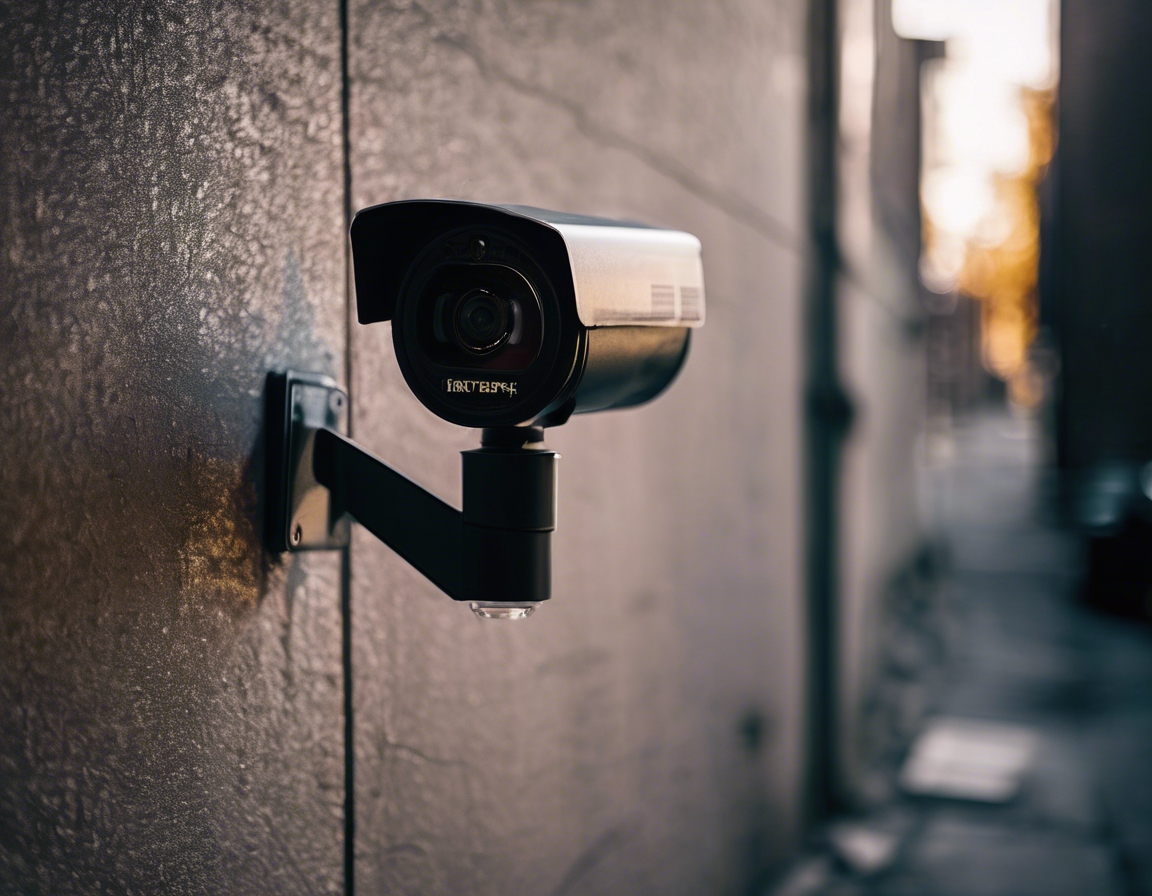How to design an effective fire safety plan
Fire safety plans are essential for protecting lives and property in urban environments. They provide a structured approach to preventing fires, ensuring rapid response, and minimizing damage. For businesses and property owners, having an effective fire safety plan is not just a regulatory requirement but a crucial component of their overall safety strategy.
Understanding Fire Risks and Hazards
Before designing a fire safety plan, it is important to understand the specific fire risks and hazards associated with your property. This involves conducting a thorough risk assessment to identify potential sources of ignition, flammable materials, and vulnerable areas. Understanding these risks allows you to tailor your fire safety plan to address the unique challenges of your environment.
Key Components of a Fire Safety Plan
Effective fire prevention strategies are the cornerstone of any fire safety plan. These strategies include maintaining electrical systems, safely storing flammable materials, and implementing smoking policies. Regular inspections and maintenance of equipment can prevent many common fire hazards.
Clear and well-practiced evacuation procedures are vital for ensuring the safety of occupants during a fire. Your plan should include detailed evacuation routes, designated assembly points, and procedures for assisting individuals with disabilities. Regular drills help ensure everyone knows what to do in an emergency.
Installing and maintaining reliable fire detection and alarm systems is crucial for early fire detection. These systems should be regularly tested and maintained to ensure they function correctly. Consider integrating these systems with your building's security systems for a comprehensive safety solution.
Having the right firefighting equipment, such as extinguishers and hoses, is essential. Equally important is ensuring that staff are trained to use this equipment effectively. Regular training sessions can empower employees to respond quickly and effectively to a fire.
Clearly defined roles and responsibilities ensure that everyone knows their part in maintaining fire safety. Assign specific tasks to individuals, such as fire wardens, who can take charge during an emergency. This clarity can significantly improve response times and coordination.
Compliance with Fire Safety Regulations
Compliance with local fire safety regulations is not only a legal obligation but also a critical component of your fire safety plan. Regulations may dictate specific requirements for fire detection systems, evacuation procedures, and equipment. Staying informed about these regulations ensures your plan remains effective and compliant.
Regular Review and Updates of the Fire Safety Plan
Your fire safety plan should be a living document that evolves with your business and property. Regular reviews and updates ensure that the plan remains relevant and effective. Changes in building layout, occupancy, or regulations should prompt a review of your plan.
Importance of Training and Drills
Regular training and drills are essential for ensuring that everyone knows how to respond in the event of a fire. These exercises help reinforce the procedures outlined in your fire safety plan and can identify areas for improvement. Training should be ongoing and include all staff members.






Comments (0)